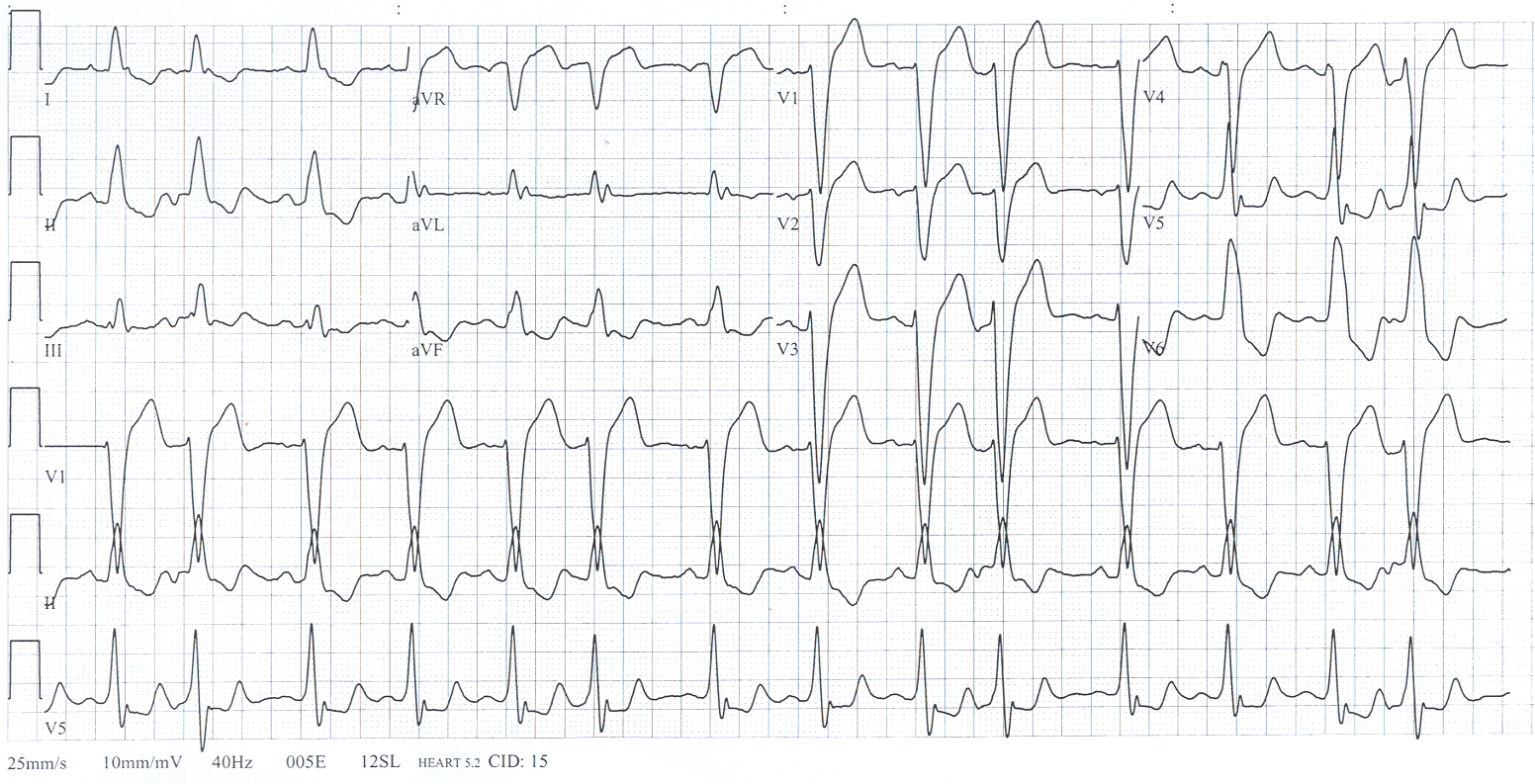Pre-Hospital Stroke Care
/Pre-hospital stroke care begins with a quick, simple assessment tool used to help identify patients that are suffering a stroke. In Southwest Ohio, this tool is the Cincinnati Pre-hospital Stroke Scale (CPSS). There are three simple components of the CPSS – facial droop, arm drift, and slurred speech. When assessing for facial droop, it is best to ask patients to bear their teeth. Arm drift is assessed by asking the patient to hold both arms outstretched in front of them with their palms facing up. If one arm drifts down or one hand rotates to a palm-down position, this aspect of the scale is positive. Lastly, ask the patient to repeat a sentence to assess for slurred speech or any other type of speech abnormality.
Read More











